A scrappy shepherd kid, barely out of his teens, grabs a slingshot and takes down a nine-foot-tall bully in bronze armor. It’s the ultimate comeback story from the Bible’s Book of Samuel, and for four centuries, it inspired Italy’s greatest sculptors like nothing else.
David was a hero, Florence’s mascot, a symbol of the underdog city-state staring down tyrants from Milan and beyond. And in the hands of artists like Donatello, Verrocchio, Michelangelo, and Bernini, he became a canvas for everything from quiet rebellion to full-throttle drama.
We’re talking five iconic sculptures here—a crash course in how art evolved from Renaissance poise to Baroque fireworks.
Donatello’s bronze David
Let’s start at the dawn of it all, in the early 1400s, with Donatello’s bronze David. Picture a lanky teenager, all of five feet tall, standing victorious in a Medici palace courtyard like he owns the place.
Donatello cast him around 1440 in gleaming bronze—the first freestanding nude male statue since ancient Rome. No props holding him up, just pure swagger.
David’s got one boot on Goliath’s severed head, sword dangling lazily from his hand, and a cheeky laurel-wreathed hat perched on his curls.
But here’s the kicker: he’s effeminate. Slender hips, a soft gaze down at the defeated giant, almost like he’s pondering a selfie. It shocked the pants off Renaissance Florence—literally. Nudity was for gods back then, not Bible boys, and whispers flew about hidden meanings, maybe even a nod to the era’s underground homoerotic vibes.
Yet Donatello nailed the humanism bubbling up: man as both divine and delightfully human, all’antica style echoing those lost Greek marbles. Commissioned by the power-hungry Medicis, this David screamed Florence rules, a sly emblem of cunning over brute force.
Verrocchio’s bronze David
Fast-forward a few decades, and here it comes Andrea del Verrocchio’s bronze David from the 1470s—think of it as Donatello’s cooler, more armored cousin.
Verrocchio, a goldsmith-turned-sculptor, crafted this one for the Medicis too, probably around 1475. At about four feet, he’s compact but cocky, tunic hugging his lithe frame like a second skin, legs bare and boots sturdy.
Goliath’s grizzled head lolls at his feet, sword gripped triumphantly, but Verrocchio amps up the energy: David’s mid-stride, weight shifting dynamically, eyes locked on some distant threat. Legend has it, young Leonardo da Vinci posed for this.
Restorers in 2003 even found traces of gold leaf, proving he once shimmered like a Medici heirloom.
Unlike Donatello’s dreamy nude, Verrocchio’s boy is a soldier-citizen, ready for round two. Donated to the city in 1476, he embodied Florence’s grit amid endless wars. Now back in the Bargello, he’s the bridge between introspection and action—less poet, more patriot.
But oh, Michelangelo’s David? That’s the colossus that redefined everything.
Cultural Canvas is a reader-supported publication. Every like, comment, share, and donation helps us grow—your support truly matters!
Michelangelo’s David
In 1501, a 26-year-old Michelangelo got handed a nightmare: a 17-foot block of flawed Carrara marble, botched by two previous sculptors and abandoned for 40 years. Meant for the Duomo’s roof, it was too cracked for most, but Michelangelo saw destiny.
Over three sweaty years, he hacked out this 12,000-pound behemoth, unveiled in 1504 to gasps that echoed through the streets.
Towering at 17 feet, David’s no victor here—he’s pre-battle, brows furrowed, sling slung over one shoulder like an afterthought. His body’s a masterpiece of tension: veins bulging on that oversized right hand (for gripping stones from afar?), a subtle contrapposto sway, every muscle mapped like an anatomy lesson.
No Goliath in sight. It’s all potential, that piercing stare sizing up the enemy off-stage.
Florence went wild—a committee with Leonardo and Botticelli debated its spot, landing on Piazza della Signoria as a defiant republican symbol against papal bullies.
Paraded through town on a cart (forty oxen couldn’t budge it), he stood guard till 1873, when smog sent him indoors to the Accademia.
Donatello’s marble David
Now, rewind to 1408 for a wildcard: Donatello’s marble David, his debut hit at age 22. Tucked away in the Bargello, this one’s a Gothic-Renaissance hybrid, all graceful lines and boyish charm.
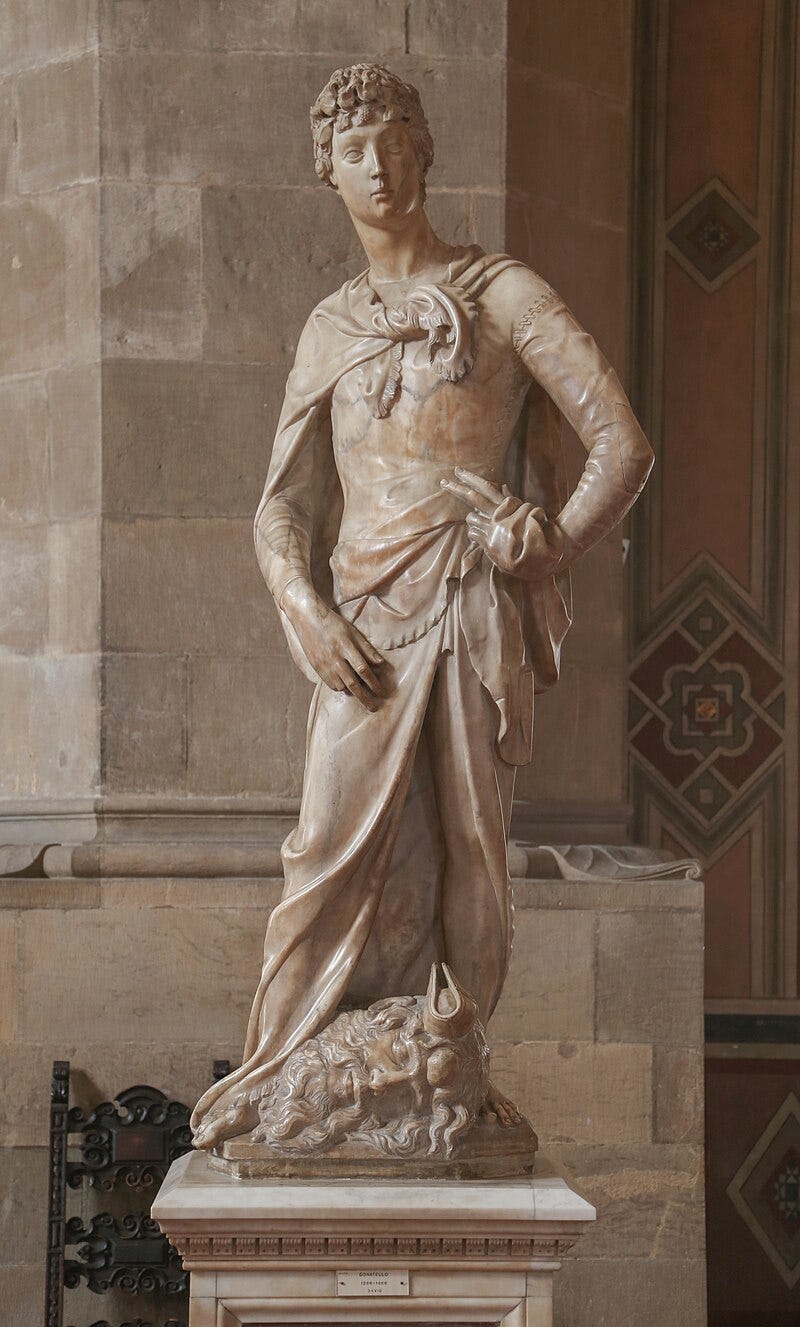
At five feet, he’s perky—hat askew, sword propped like a forgotten umbrella, Goliath’s head underfoot. Marble’s cool restraint keeps him chaste, almost cherubic, with a smile that’s equal parts innocent and ironic.
Commissioned for the Duomo, it bridged medieval stiffness to classical flow. Less revolutionary than his bronze sequel, but it kicked off the David obsession, proving even kids could topple giants.
Gian Lorenzo Bernini’s David
And just when you think marble can’t get wilder, boom—Gian Lorenzo Bernini’s David (my personal favorite) in 1623. This 24-year-old prodigy, churning out Baroque gems for Rome’s Cardinal Borghese, finished it in seven months flat.
At life-size (five-and-a-half feet), it’s action cinema in stone. David’s caught mid-whirl, twisting like a discus thrower, sling pulled taut, mouth gritted, eyes laser-focused on Goliath (implied, of course). Muscles ripple, hair whips, even his toes curl for grip.
Bernini invades your space—stand too close, and that stone might actually fly.
Gone is Renaissance calm.
This is Counter-Reformation theater, pulling you into the divine drama. Echoing Michelangelo’s tension but cranking it to eleven, it’s less about Florence’s politics and more about Catholic spectacle: faith in motion, underdog fury as holy fire.
So, what do these five Davids tell us?
They’re evolutions. Donatello’s marble and bronze kickstarted the nude revival, Verrocchio added swagger, Michelangelo scaled it to godlike introspection, and Bernini exploded it into emotional chaos.
Spanning 215 years, from Florence’s gritty workshops to Rome’s papal palaces, they mirror Italy’s soul.
David’s slingshot?
It launched the Renaissance into the stars, proving one small figure could topple artistic empires.
Thank you for being part of Cultural Canvas! If you love what we do, consider supporting us to keep it free for everyone. Stay inspired and see you in the next post!


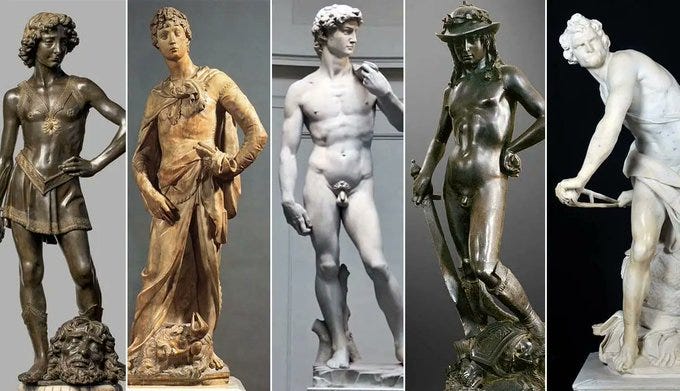
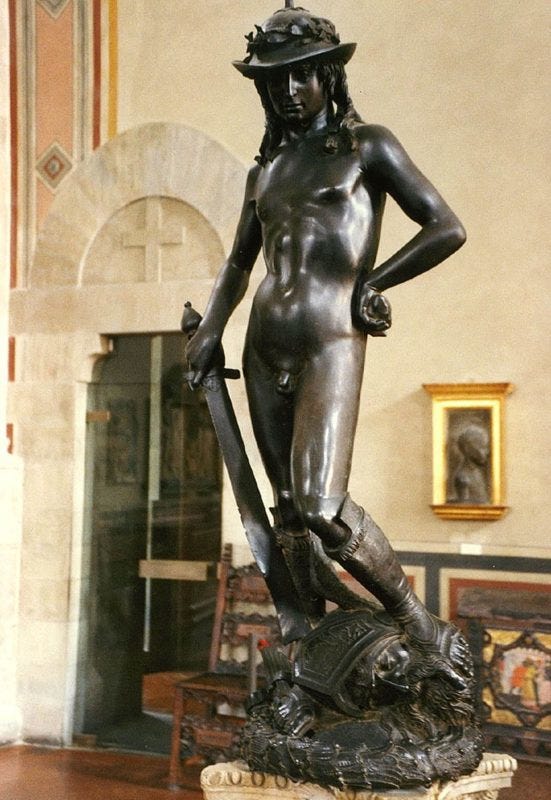
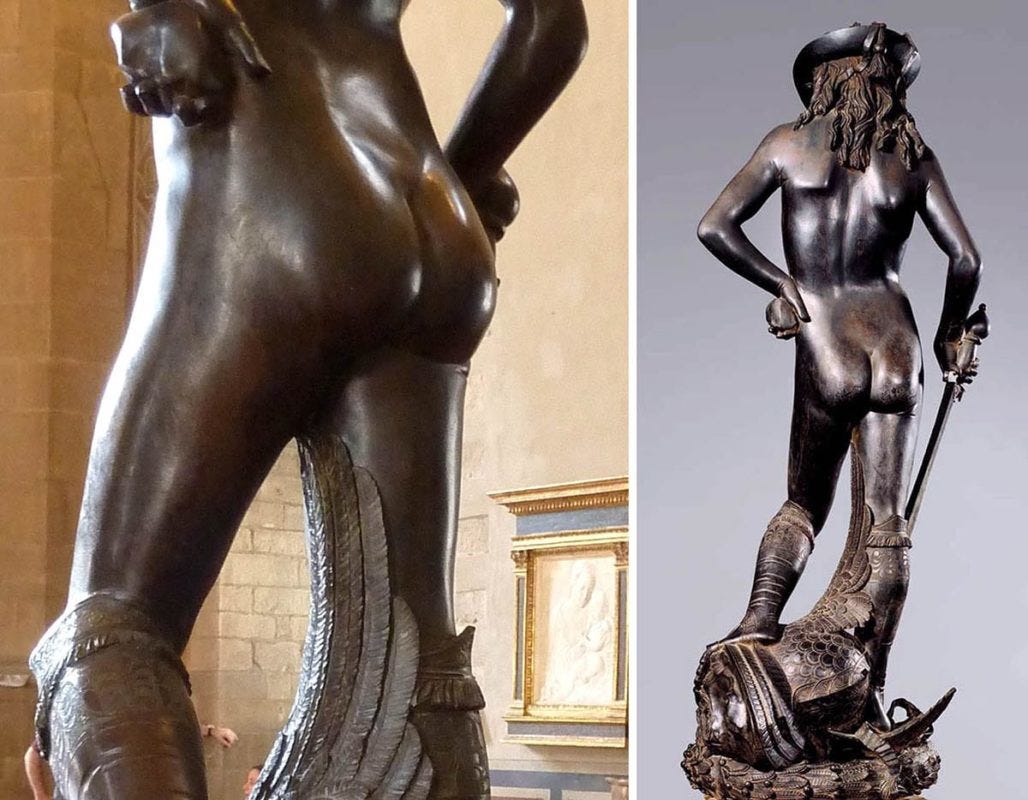
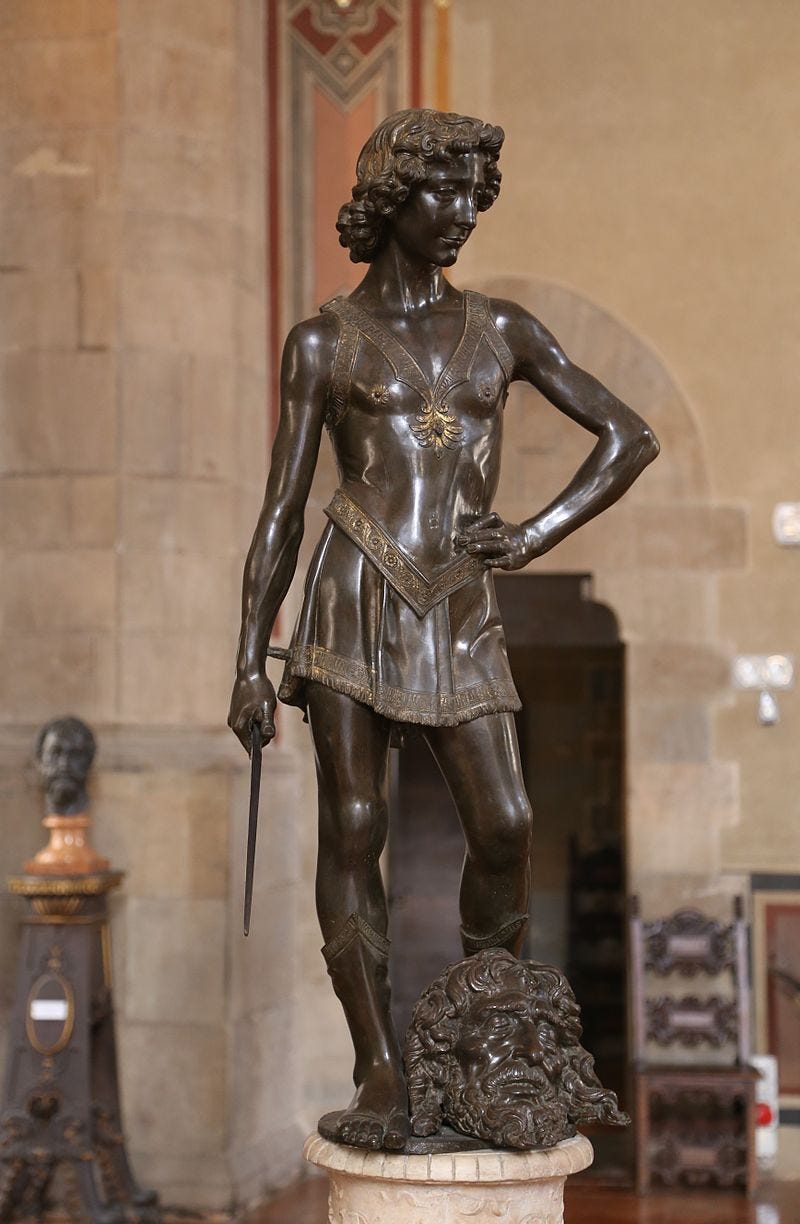
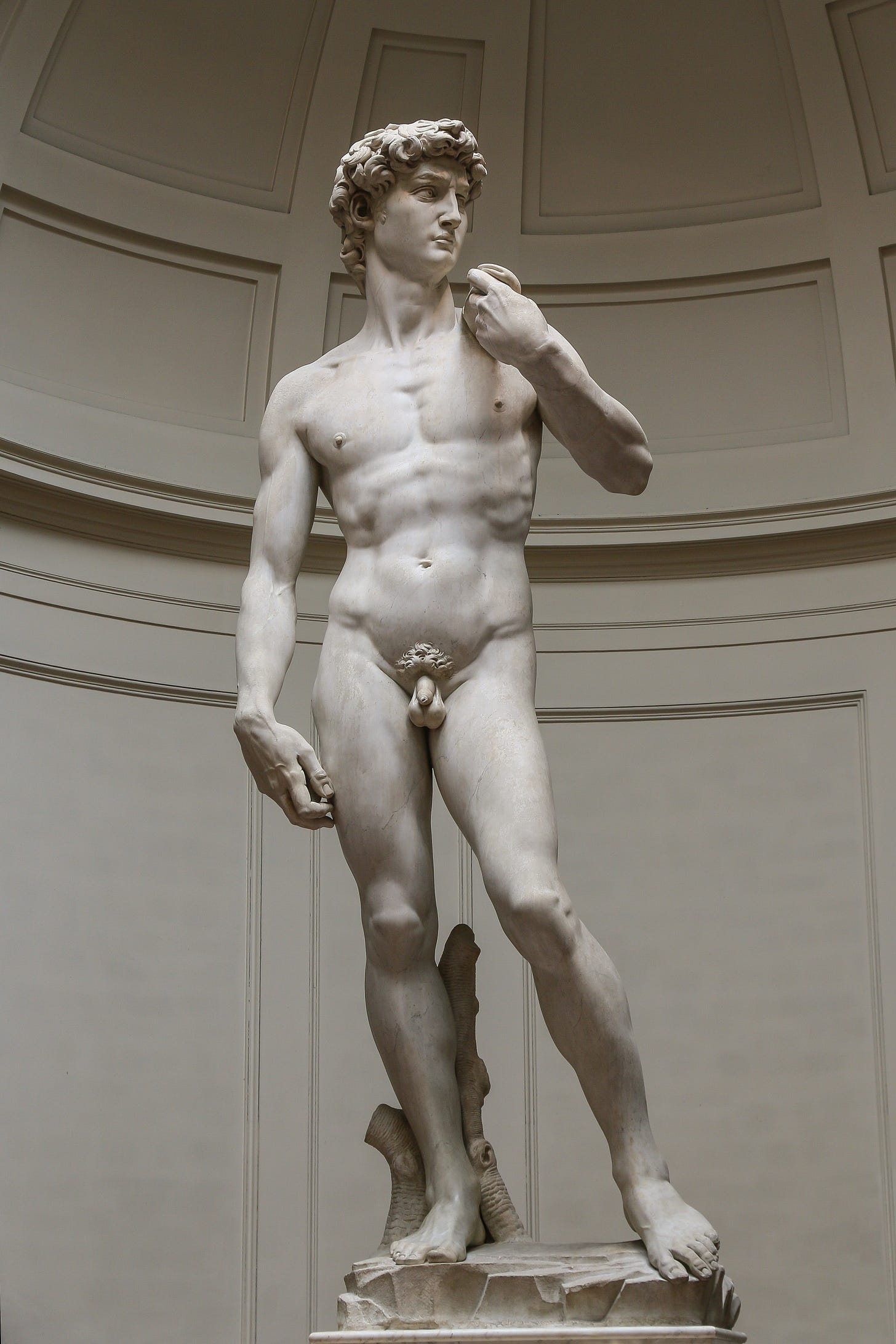
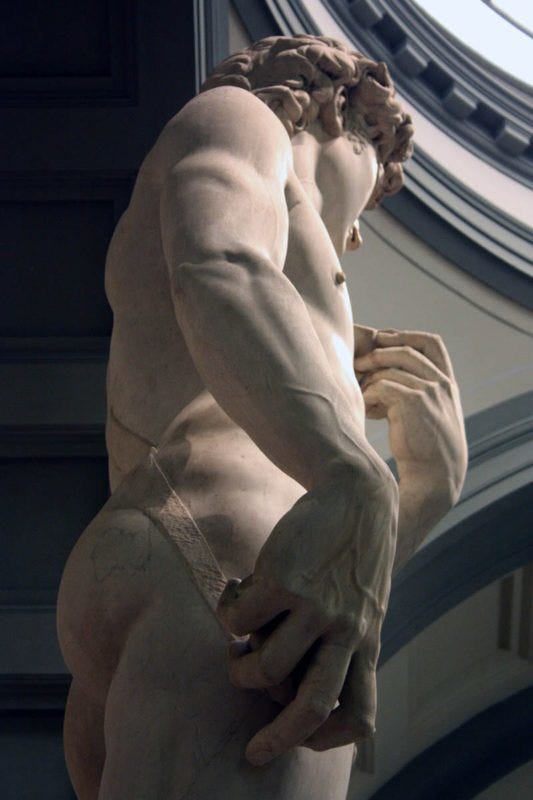

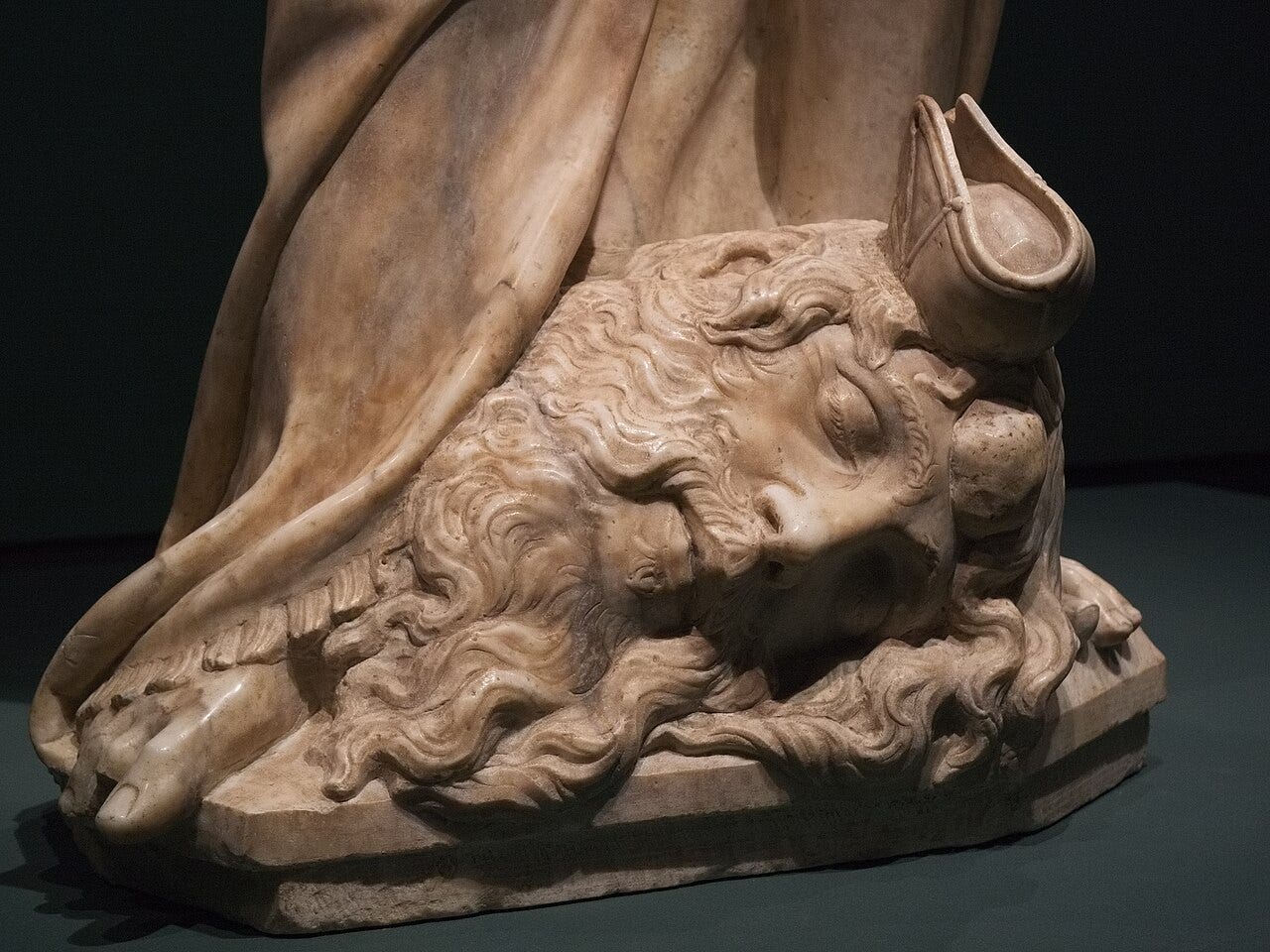
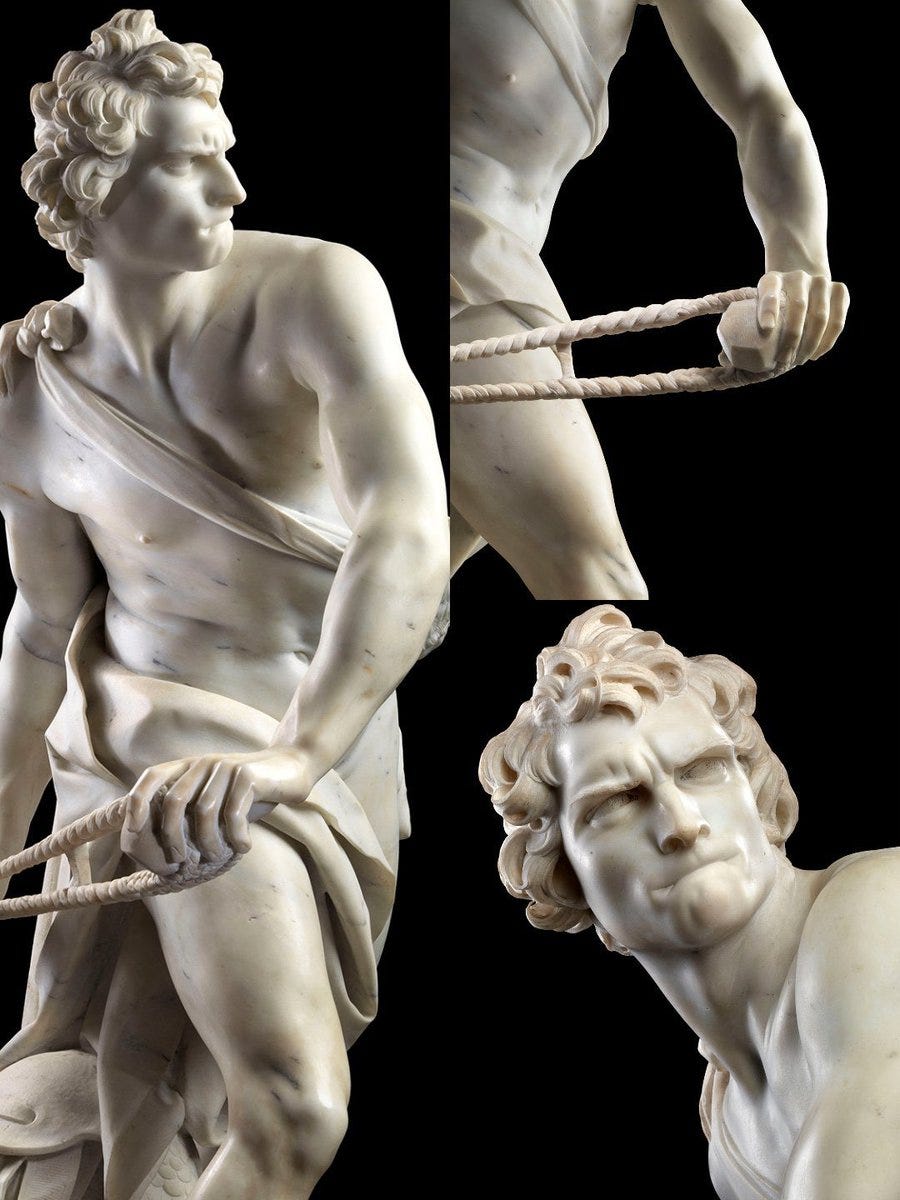
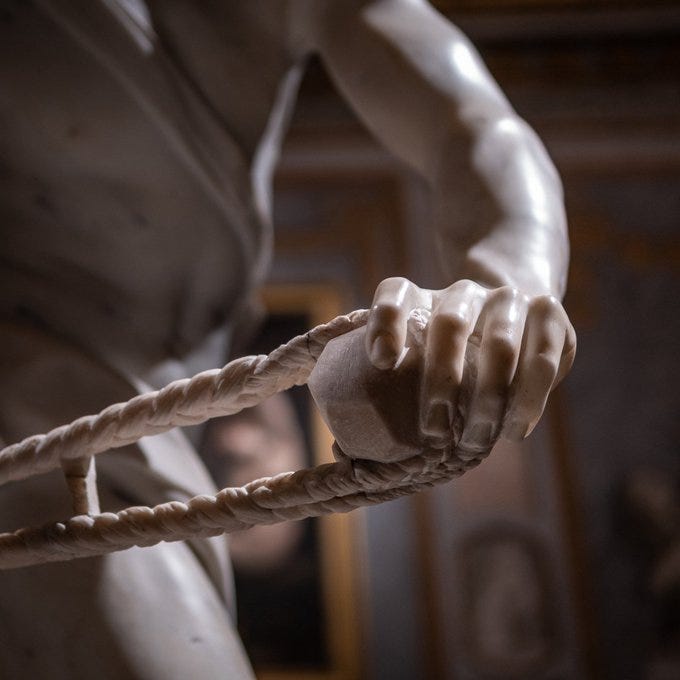
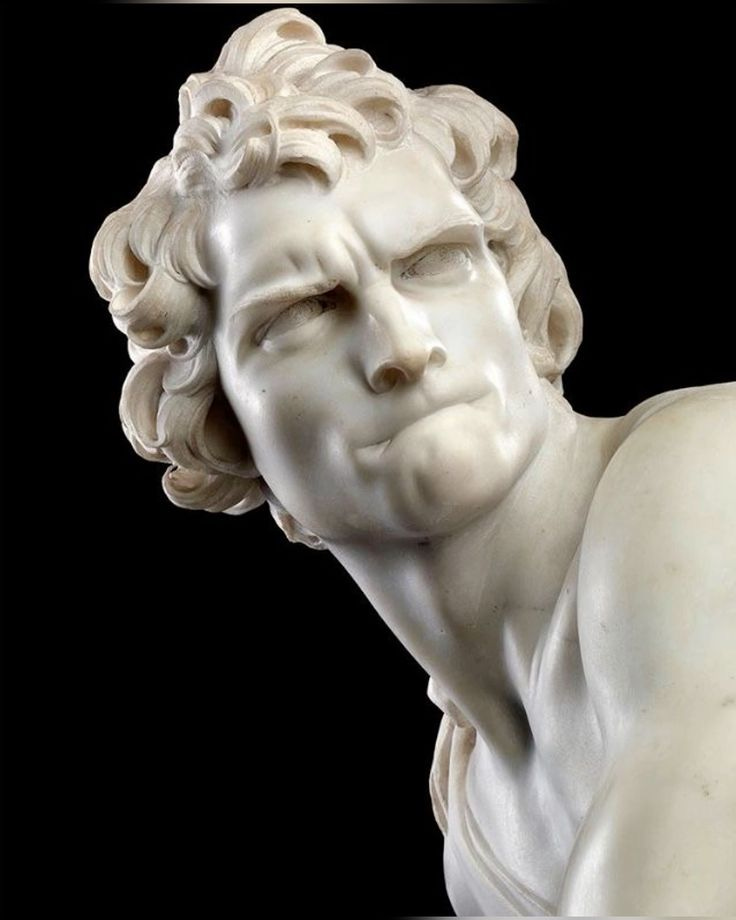
The facial expression on Bernini's David is astonishing, that concentration! Love them all but this is my favourite too. 😊
Really good story. Thank you.